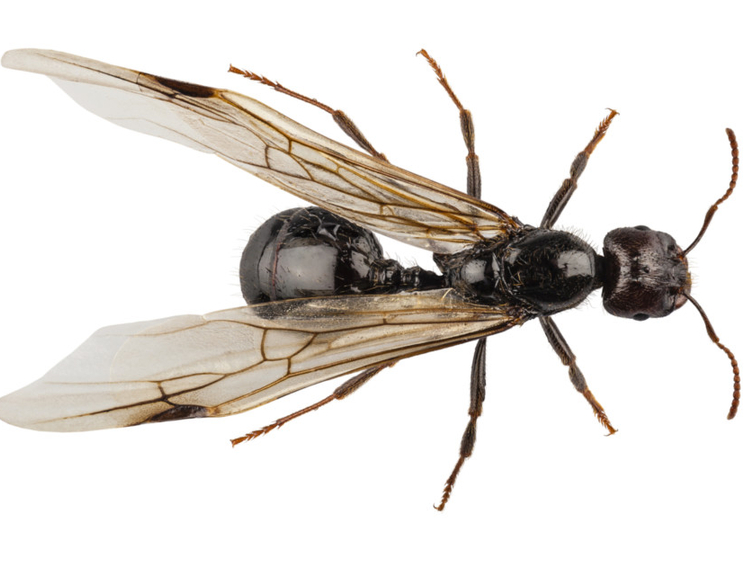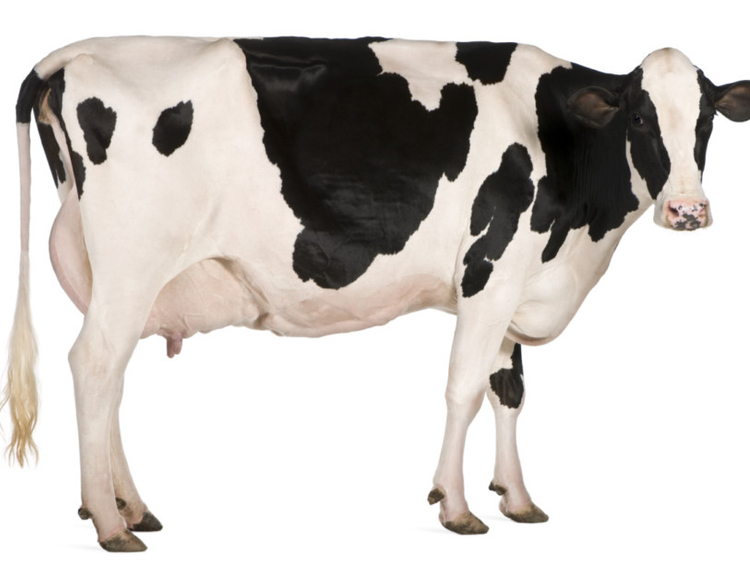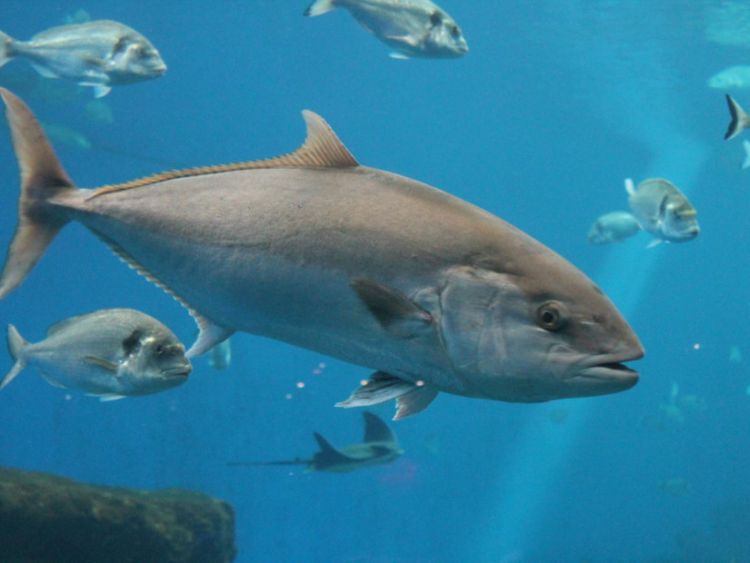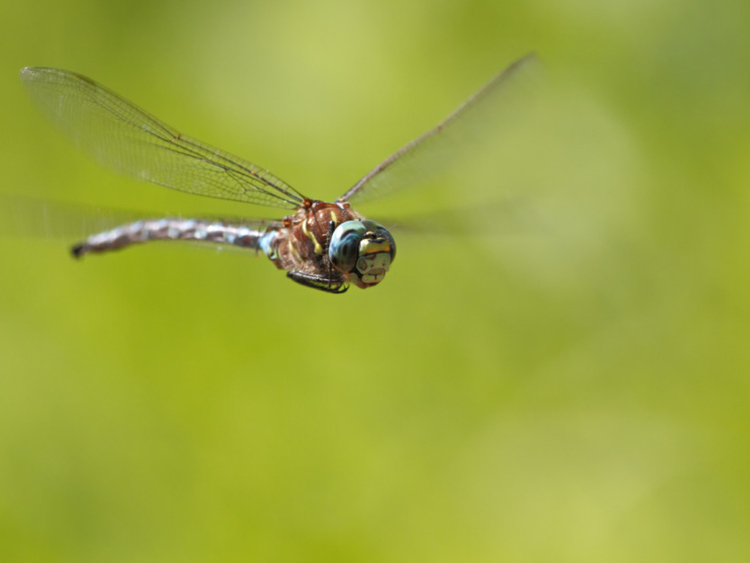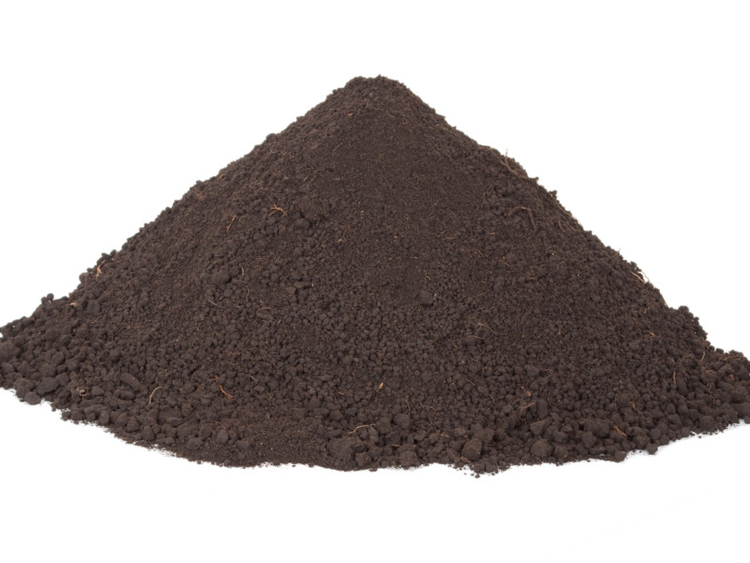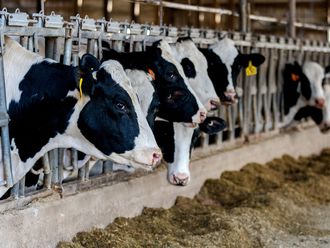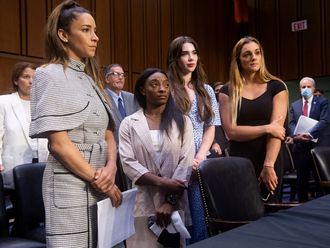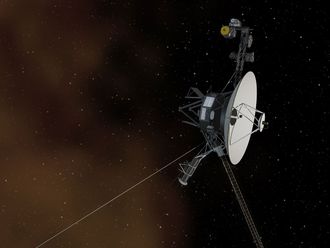
Last week, the Intergovernmental Science-Policy Platform on Biodiversity and Ecosystem Services (IPBES), an independent intergovernmental body that monitors biodiversity, sent out a chilling warning — in destroying the planet’s flora and fauna with such mindless haste, we are undermining our own future well-being. Compiled by nearly 600 scientists over three years, IPBES’s reports underline how human activity has driven animals and plants into decline in every region of the world.
“Without biodiversity, there is no future for humanity,” says Prof David Macdonald, at Oxford University.
The term biodiversity was coined in 1985 — a contraction of “biological diversity” — but the huge global biodiversity losses now becoming apparent represent a crisis equalling — or quite possibly surpassing — climate change.
More formally, biodiversity comprises several levels, starting with genes, then individual species, then communities of creatures and finally entire ecosystems, such as forests or coral reefs, where life interplays with the physical environment. These myriad interactions have made Earth habitable for billions of years.
A more philosophical way of viewing biodiversity is this: it represents the knowledge learned by evolving species over millions of years about how to survive through the vastly varying environmental conditions Earth has experienced. Seen like that, experts warn, humanity is currently “burning the library of life”.
Do animals and bugs really matter to me?
For many people living in towns and cities, wildlife is often something you watch on television. But the reality is that the air you breathe, the water you drink and the food you eat all ultimately rely on biodiversity. Some examples are obvious: without plants there would be no oxygen and without bees to pollinate, there would be no fruit or nuts.
Others are less obvious — coral reefs and mangrove swamps provide invaluable protection from cyclones and tsunamis for those living on coasts, while trees can absorb air pollution in urban areas.
Others appear bizarre — tropical tortoises and spider monkeys seemingly have little to do with maintaining a stable climate. But the dense, hardwood trees that are most effective in removing carbon dioxide from the atmosphere rely on their seeds being dispersed by these large fruit-eaters.
If money is a measure, services provided by ecosystems are estimated to be worth trillions of dollars — double the world’s GDP. Biodiversity loss in Europe alone costs the continent about 3 per cent of its GDP, or €450 million, a year.
Just how diverse is biodiversity?
Mind-bogglingly diverse. The simplest aspect to consider is species. About 1.7 million species of animals, plants and fungi have been recorded, but there are likely to be 8-9 million and possibly up to 100 million.
A single spoonful of soil — which ultimately provides 90 per cent of all food — contains 10,000 to 50,000 different types of bacteria. The heartland of biodiversity is the tropics, which teems with species. In 15 hectares of Borneo forest, for example, there are 700 species of tree — the same number as the whole of North America. The concern is that many species are being lost before we are even aware of them, or the role they play in the circle of life.
How bad is the biodiversity crisis?
Very bad. The best studied creatures are the ones like us — large mammals. Tiger numbers, for example, have plunged by 97 per cent in the last century. The extinction rate of species is now thought to be about 1,000 times higher than before humans dominated the planet, which may be even faster than the losses after a giant meteorite wiped out the dinosaurs 65 million years ago.
The sixth mass extinction in geological history has already begun, according to some scientists.
Lack of data means the ‘red list’, produced by the International Union for Conservation of Nature, has only assessed 5 per cent of known species. But for the best known groups, it finds many are threatened: 25 per cent of mammals, 41 per cent of amphibians and 13 per cent of birds.
The results are scary.
Billions of individual populations have been lost all over the planet, with the number of animals having plunged by half since 1970.
What about under the sea?
The situation is no better — and perhaps even less understood — in the two-thirds of the planet covered by oceans. Seafood is the critical source of protein for more than 2.5 billion people but rampant overfishing has caused catches to fall steadily since their peak in 1996 and now more than half the ocean is industrially fished.
What about bugs — don’t cockroaches survive anything?
More than 95 per cent of known species lack a backbone — there are about as many species in the staphylinidae family of beetles alone as there are total vertebrates, such as mammals, fish and birds. Altogether, there are at least a million species of insect and another 300,000 spiders, molluscs and crustaceans.
But the recent revelation that 75 per cent of flying insects were lost in the last 25 years in Germany — and likely elsewhere — indicates the massacre of biodiversity is not sparing creepy crawlies. And insects really matter, not just as pollinators but as predators of pests, decomposers of waste and, crucially, as the base of the many wild food chains that support ecosystems.
“If we lose the insects, then everything is going to collapse,” says Prof Dave Goulson of Sussex University, UK. “We are currently on course for ecological Armageddon.”
What’s destroying biodiversity?
We are. The rise in human population, our food habits, the felling of forests, poaching and unsustainable hunting for food are some of the big causes. More than 300 mammal species, from chimpanzees to hippos to bats, are being eaten into extinction.
Pollution is a killer too, with orcas and dolphins being seriously harmed by long-lived industrial pollutants. Global trade contributes further harm: amphibians have suffered one of the greatest declines of all animals due to a fungal disease thought to be spread around the world by the pet trade.
The hardest hit of all habitats may be rivers and lakes, with freshwater animal populations in these collapsing by 81 per cent since 1970, following huge water extraction for farms and people, plus pollution and dams.
Could biodiversity loss be a greater threat than climate change?
Yes — nothing on Earth is experiencing more dramatic change at the hands of human activity. Changes to the climate are reversible, even if that takes centuries or millennia. But once species become extinct, particularly those unknown to science, there’s no going back.
What can be done?
Giving nature the space and protection it needs is the only answer.
Wildlife reserves are the obvious solution, and the world currently protects 15 per cent of land and 7 per cent of the oceans. But some argue that half the land surface must be set aside for nature.
We can all help. Most wildlife is destroyed by land being cleared for cattle, soy, palm oil, timber and leather. Most of us consume these products every day. Choosing only sustainable options helps, as does eating less meat, particularly beef, which has an outsized environmental hoofprint.
What’s next?
Locating the tipping point that moves biodiversity loss into ecological collapse is an urgent priority. However, some researchers say that the missing ingredient is political will.
A global treaty, the Convention on Biological Diversity (CBD), has set many targets. Some are likely to be reached, for example protecting 17 per cent of all land and 10 per cent of the oceans by 2020. Others, such as making all fishing sustainable by the same date are not. The 196 nations that are members of the CBD next meet in Egypt in November.
— Guardian News & Media Ltd


